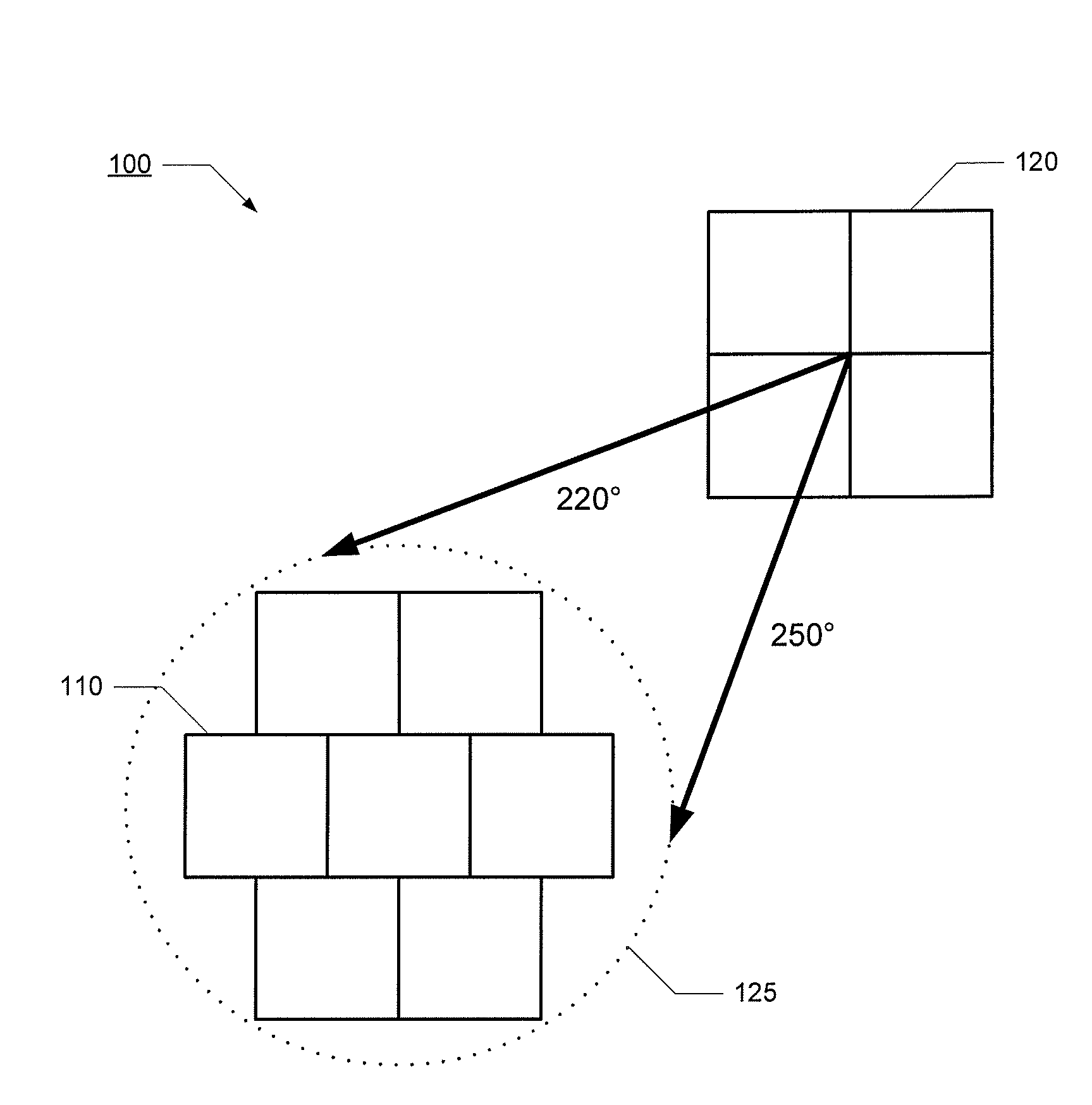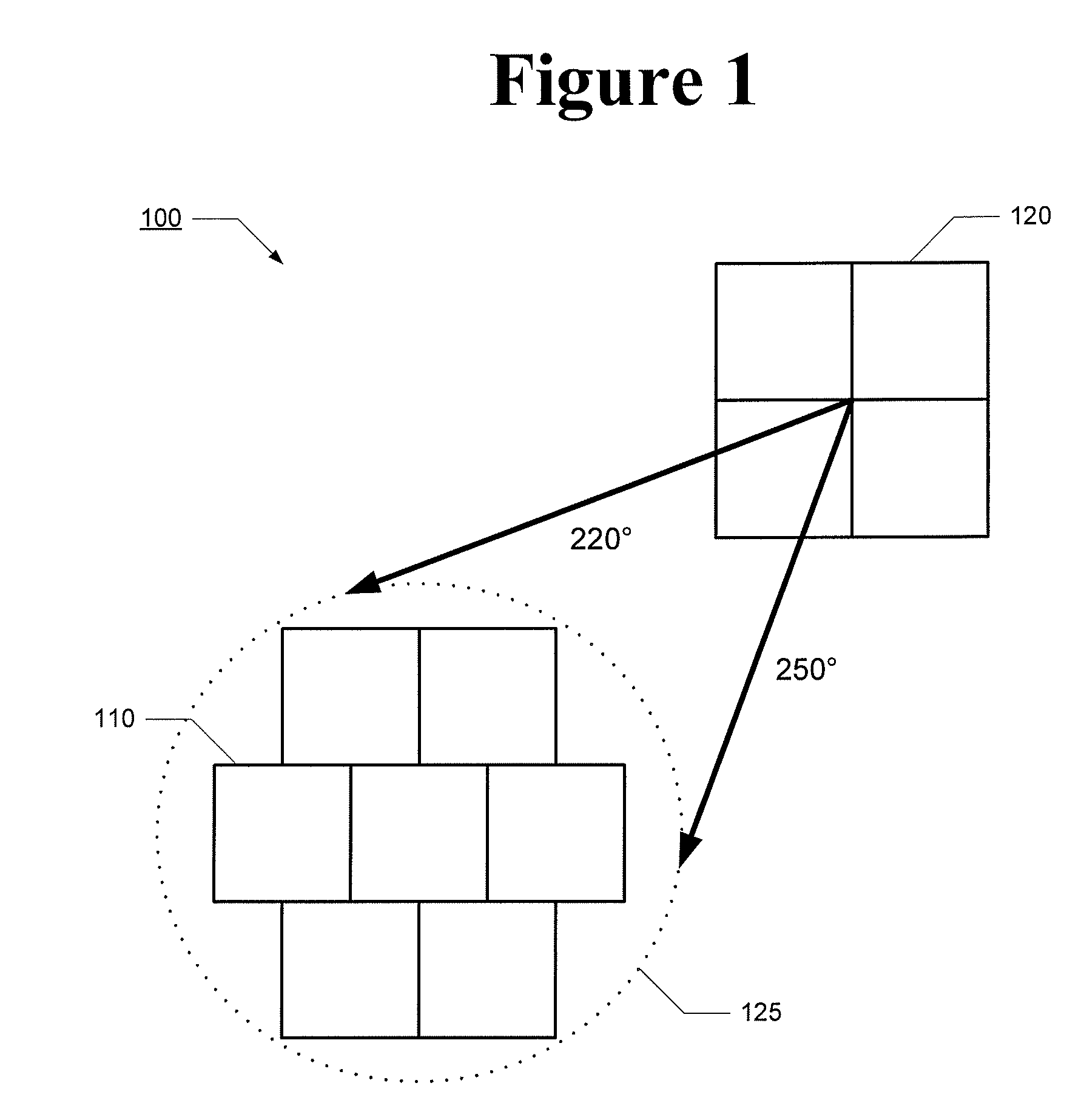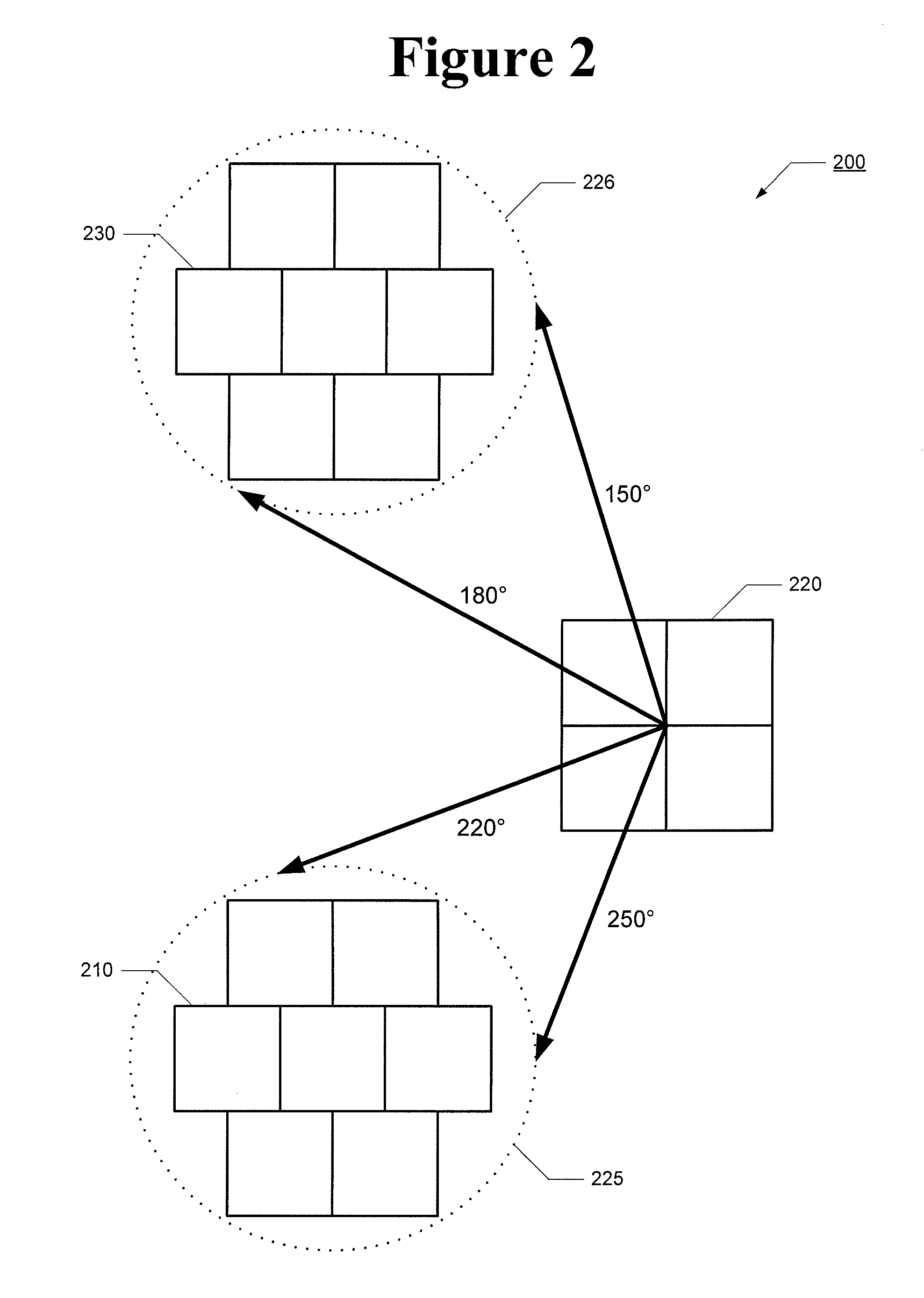Near field nulling antenna systems
a null and near field technology, applied in the field of near field null antenna systems, can solve the problems of degrading the performance of the receive subsystem in one or more ways, self-jamming in full duplex communication systems (i.e., systems which simultaneously transmit and receive), and reducing the coupling effect of the receive subsystem, preventing or alleviating self-jamming and/or interference suppression, and improving isolation
- Summary
- Abstract
- Description
- Claims
- Application Information
AI Technical Summary
Benefits of technology
Problems solved by technology
Method used
Image
Examples
Embodiment Construction
[0026]In the following detailed description, numerous specific details are set forth to provide a full understanding of the present invention. It will be apparent, however, to one ordinarily skilled in the art that the present invention may be practiced without some of these specific details. In other instances, well-known structures and techniques have not been shown in detail to avoid unnecessarily obscuring the present invention.
[0027]In most phased array communications systems, the phase / amplitude states of the phase / amplitude control circuits are selected to form a beam which provides high gain in the direction towards a desired point or region at some distance from the antenna. The process of selecting and applying the phase / amplitude states of the phase / amplitude control circuits to form a desired beam shape is sometimes referred to as beamforming.
[0028]In some applications it may also be necessary to provide low antenna gain towards selected points or regions which are also ...
PUM
 Login to View More
Login to View More Abstract
Description
Claims
Application Information
 Login to View More
Login to View More - Generate Ideas
- Intellectual Property
- Life Sciences
- Materials
- Tech Scout
- Unparalleled Data Quality
- Higher Quality Content
- 60% Fewer Hallucinations
Browse by: Latest US Patents, China's latest patents, Technical Efficacy Thesaurus, Application Domain, Technology Topic, Popular Technical Reports.
© 2025 PatSnap. All rights reserved.Legal|Privacy policy|Modern Slavery Act Transparency Statement|Sitemap|About US| Contact US: help@patsnap.com



